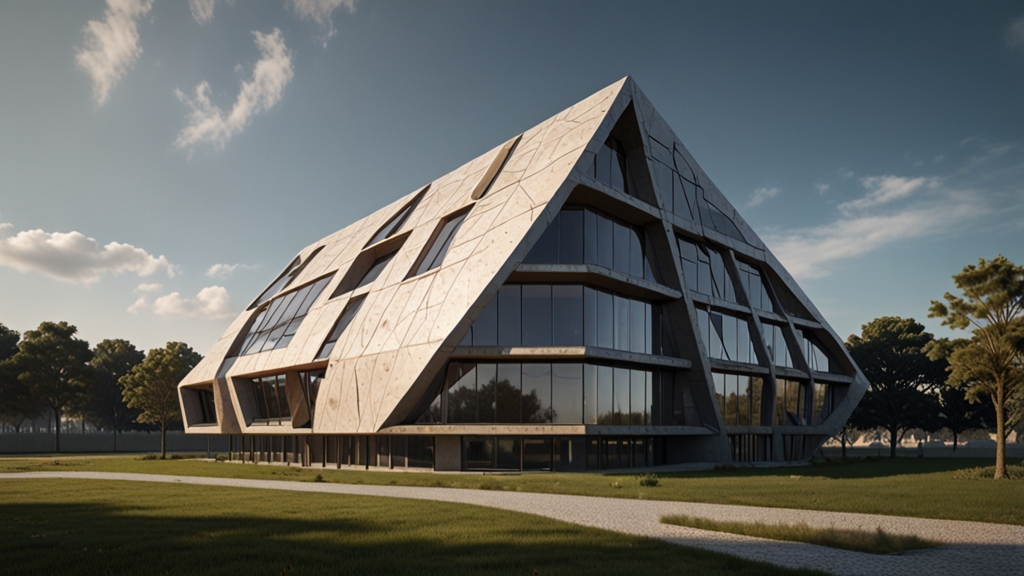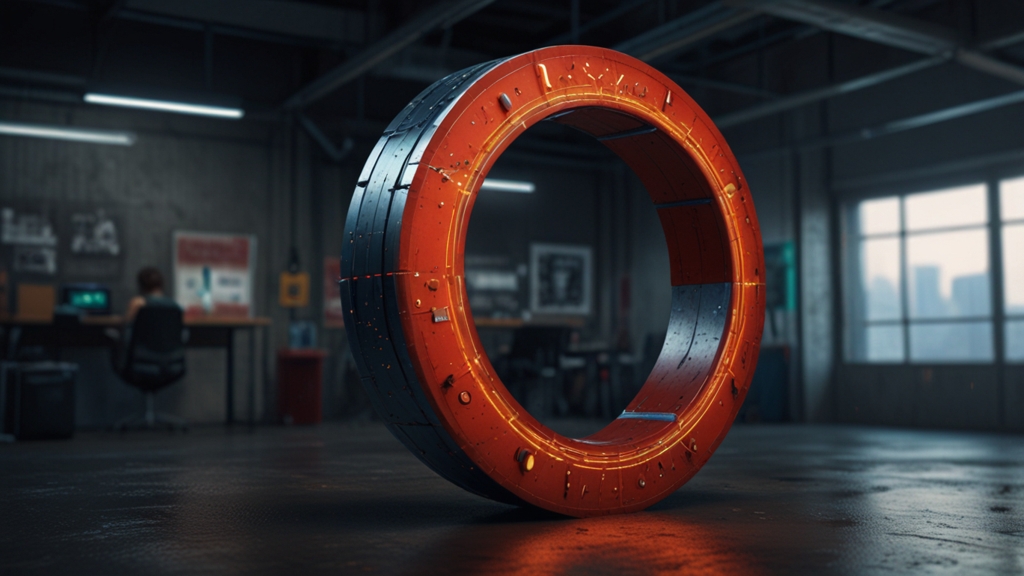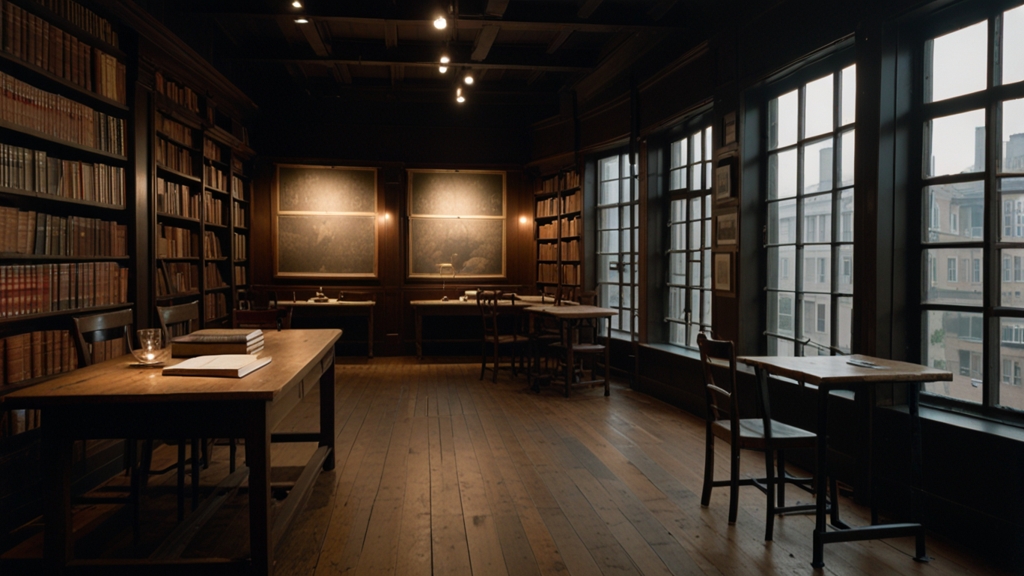Geometry and Architecture: Building the Future
Geometry has been a fundamental element of architecture ever since humans started erecting structures. Throughout history, architects have consistently employed geometric principles to create structures that are not only aesthetically pleasing but also structurally sound. As we advance into the future, the fusion of geometry and architectural design continues to push the boundaries of innovation, sustainability, and functionality.
Geometric Foundations in Historical Architecture
From the pyramids of Egypt to the Parthenon in Greece, geometry has been used to achieve harmonious proportions, structural integrity, and spatial efficiency. The use of basic geometric shapes such as triangles, circles, and squares was vital in the construction of these ancient marvels. These shapes were not random choices; they were based on profound mathematical theories that ensured stability and longevity.
The golden ratio, for instance, has been a guiding principle in architecture since antiquity. Many historical structures, like the Parthenon, employ this ratio to achieve balance and aesthetics that are pleasing to the human eye.
Modern Geometry in Contemporary Architecture
In contemporary architecture, the use of advanced geometric algorithms and computational design tools has revolutionized the field. Architects today leverage software to create complex structures and forms that were previously unimaginable. These tools allow for precise calculations, ensuring that the designs are not only innovative but also feasible from an engineering standpoint.
One notable example is the Guggenheim Museum Bilbao, designed by Frank Gehry. The building's fluid, organic shapes challenge traditional geometric conventions and stand as a testament to what can be achieved with modern computational tools.
“The use of advanced geometrical algorithms has enabled architects to conceptualize and materialize forms that were once considered impossible. This not only opens up new aesthetic possibilities but also leads to optimized structural solutions,” says Dr. Jane Smith, Professor of Architectural Design and Technology.
Sustainability through Geometric Design
As we face increasing environmental challenges, sustainable architecture has become a pressing concern. Geometric principles play a crucial role in designing buildings that are energy-efficient and sustainable. For instance, the orientation and positioning of geometrical shapes can significantly impact the amount of natural light and ventilation a building receives, thereby reducing the reliance on artificial lighting and HVAC systems.
Parametric design, which employs algorithms to optimize various design parameters, is increasingly used to create sustainable structures. This approach can lead to the development of facades that adapt to climatic conditions, optimize energy consumption, and contribute to a building’s overall sustainability.
“Parametric design allows us to explore countless design possibilities quickly. By optimizing these designs for sustainability, we can create structures that are not only beautiful but also environmentally responsible,” notes Sarah Green, a leading architect in sustainable design.
The Future of Geometry in Architecture
Looking ahead, the integration of artificial intelligence and machine learning with geometric principles promises to further transform architecture. These technologies can analyze vast amounts of data to generate optimal architectural designs, predict structural behaviors, and even suggest improvements.
Moreover, 3D printing technology is set to revolutionize the construction industry. It allows for the creation of intricate geometric patterns and structures with unprecedented precision and minimal waste. This method is particularly promising for solving housing shortages and building in remote or challenging environments.
In conclusion, geometry is not merely a tool of the past but a cornerstone for building the future. As technology advances, the synergy between geometric principles and architectural innovation will continue to shape our built environment, making it more efficient, sustainable, and awe-inspiring.












